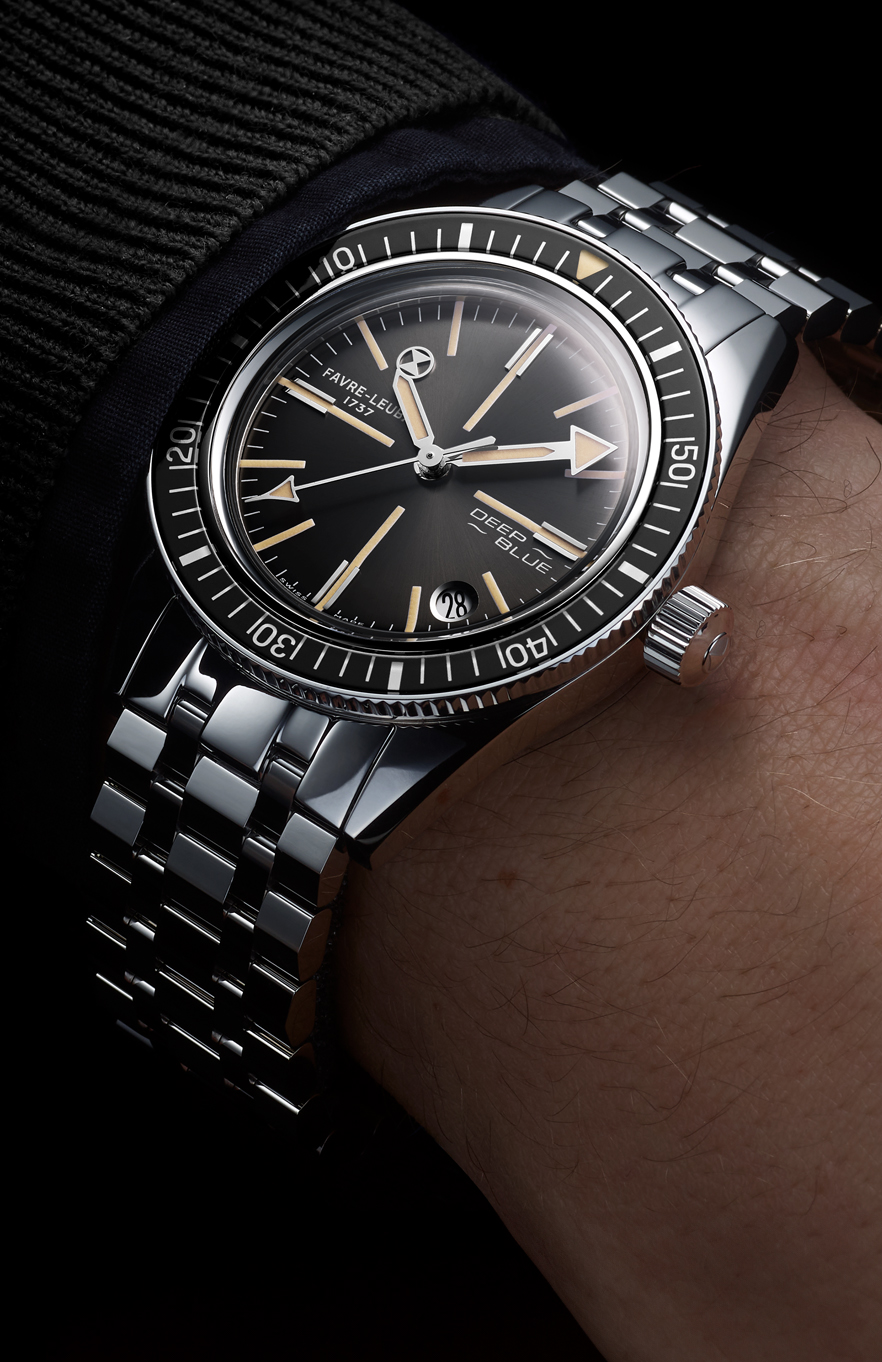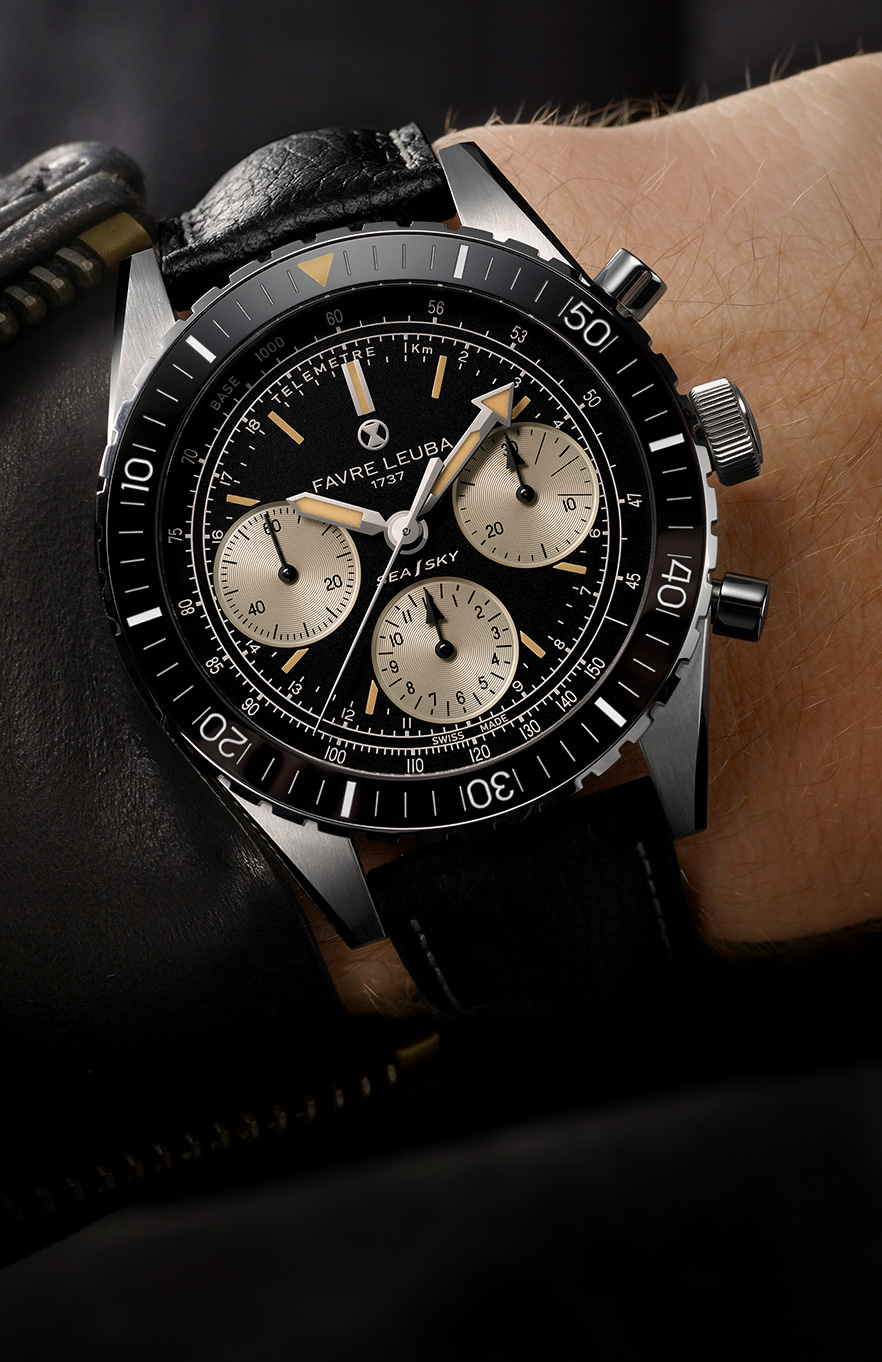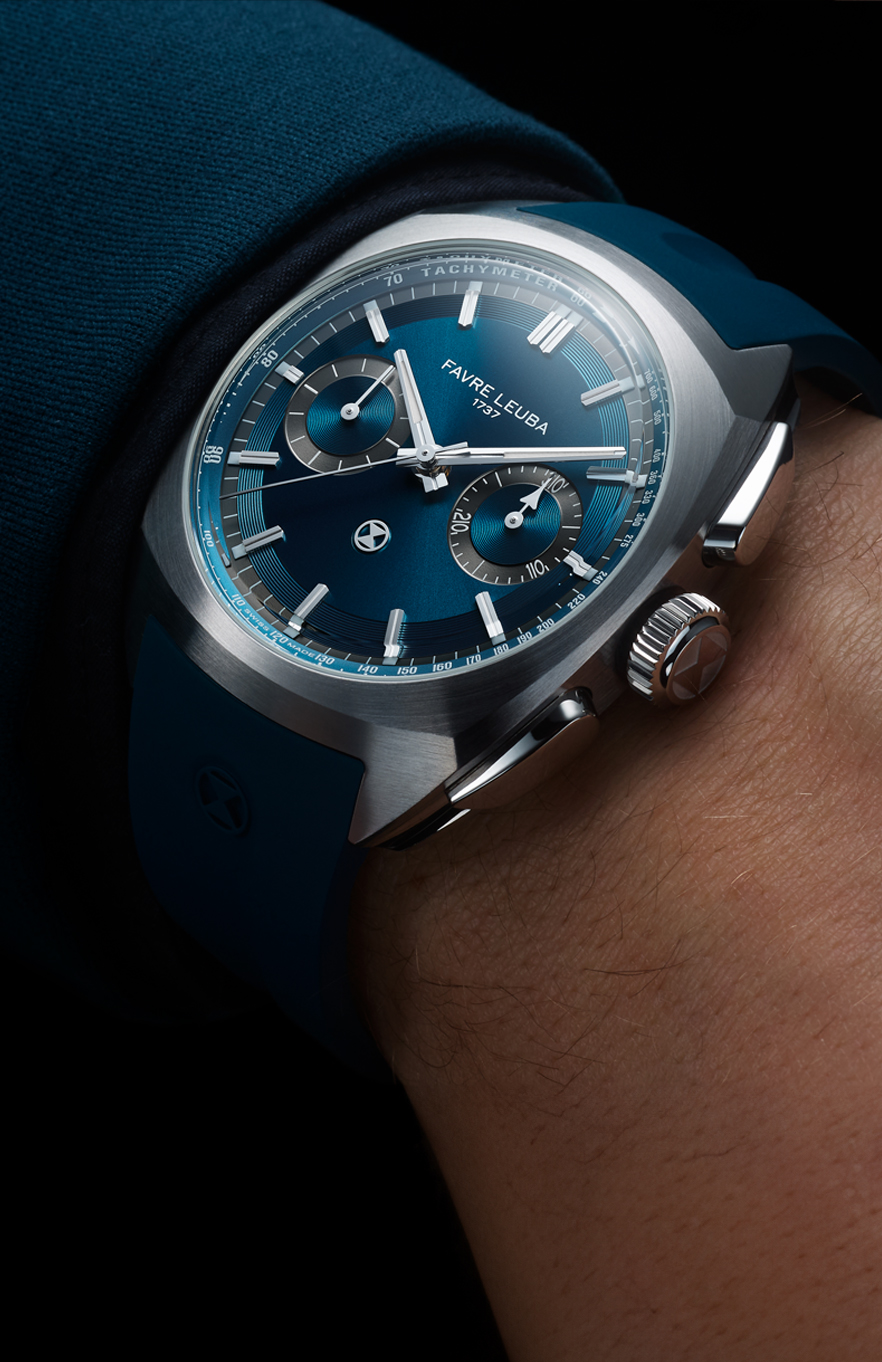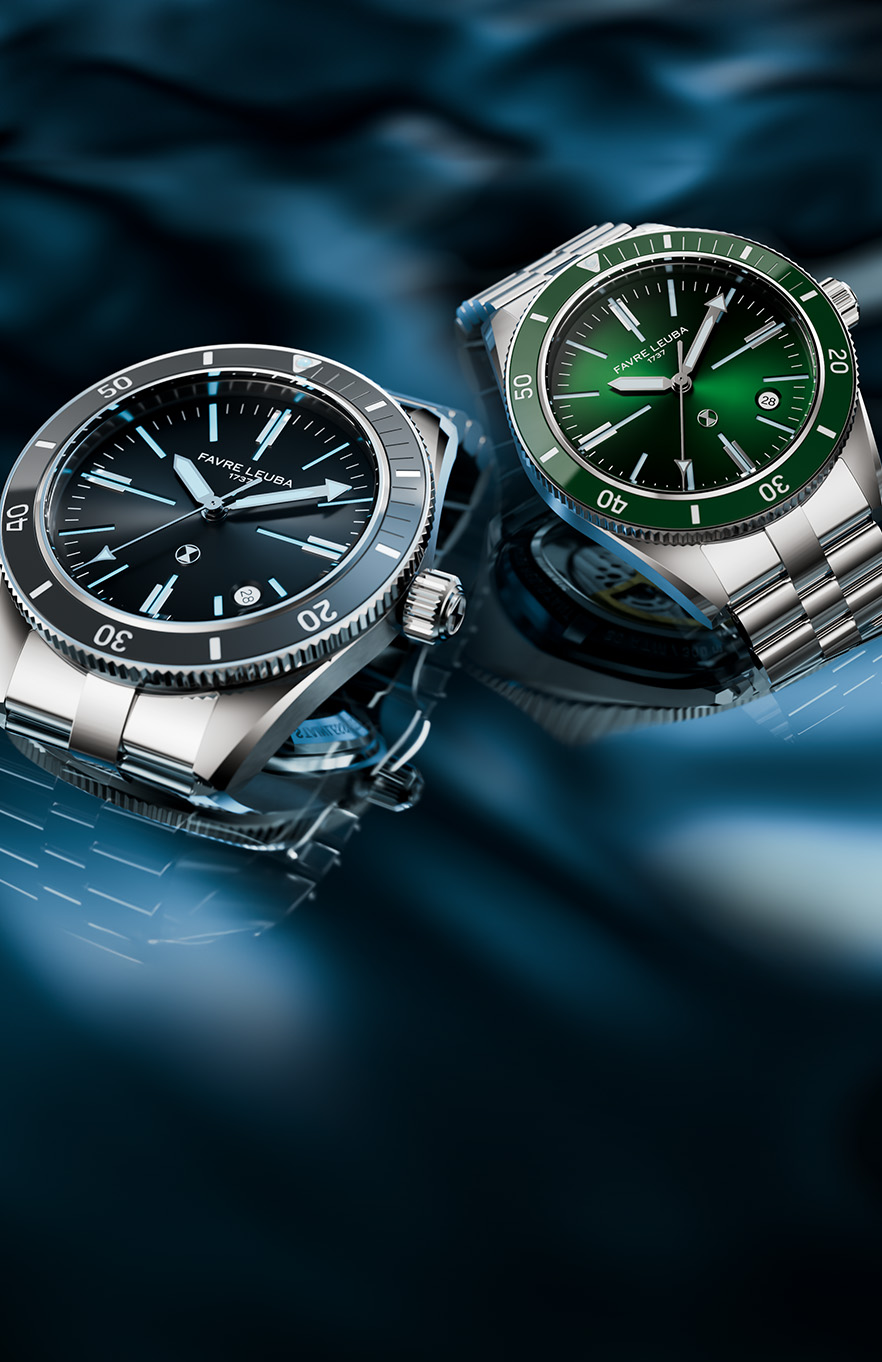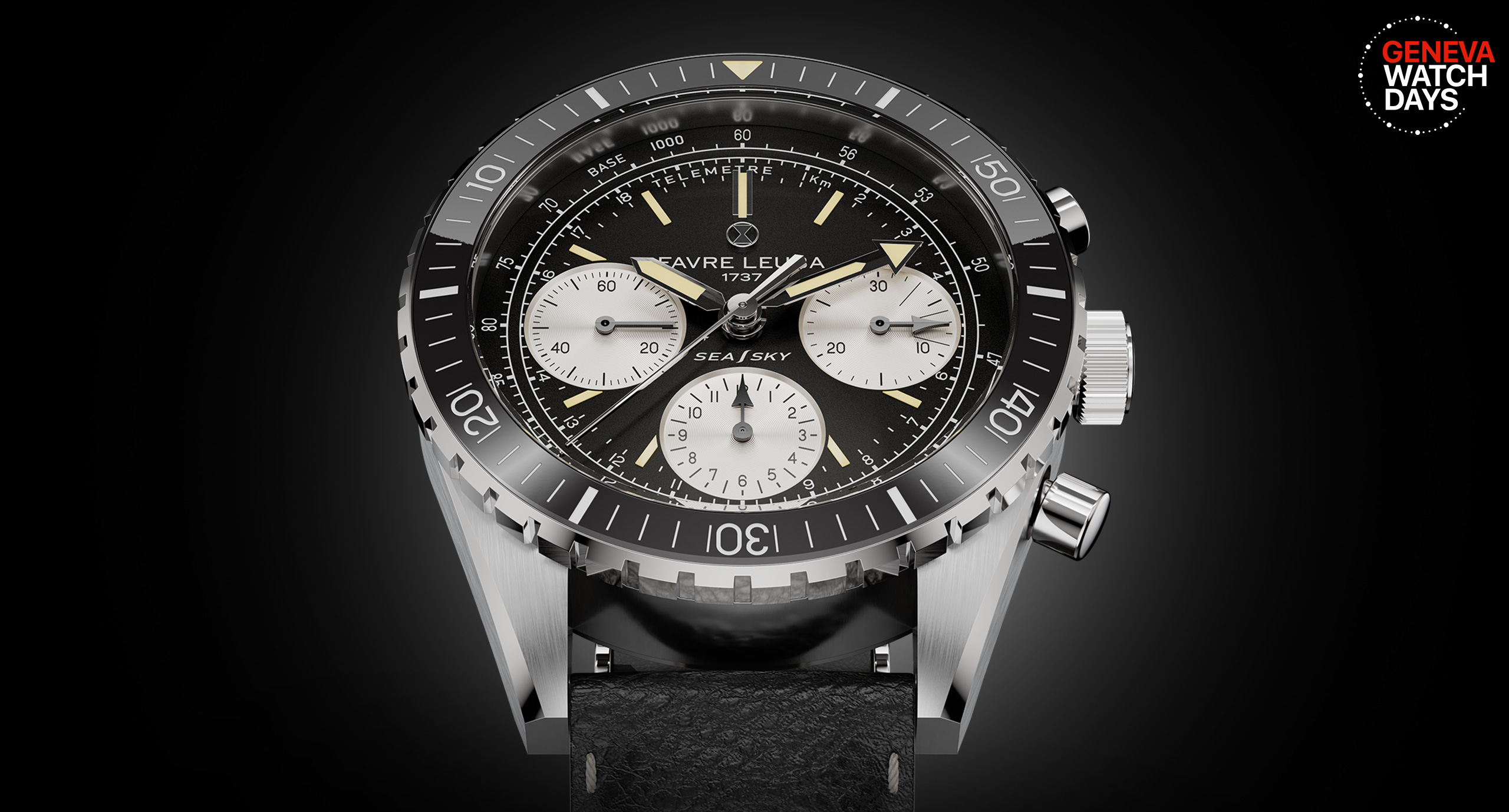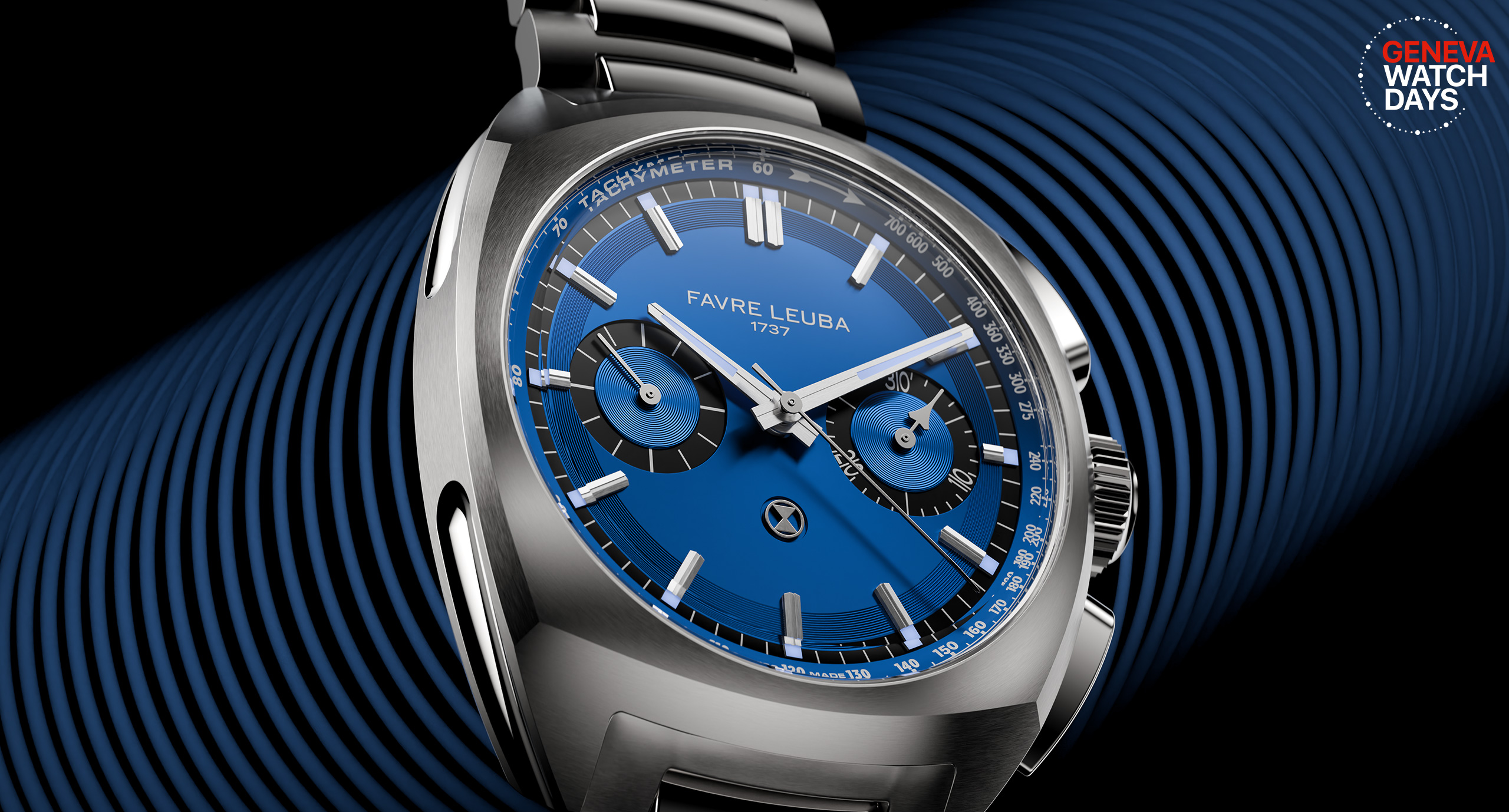On March 13th 2020, we celebrated our 283rd anniversary of Swiss Watchmaking. To honour Favre Leuba’s long-standing heritage, we wanted to reflect on the brand’s landmark achievements and its ambassadors through the eras. Moreover, our aim was to research the key influences driving our Swiss Made brand forward for nearly three centuries. During the brand’s time, we have witnessed the creation of electricity and radio waves, the first plane flight and the first man (and a woman) on Mt. Everest. And so, here is an insight into how the 2nd oldest Swiss watch brand has evolved throughout our ever-changing world.

The Swiss-Made Philosophy
The small city of Le Locle in Switzerland had a population of just over 3000 people in 1737, one of those was the inventive Abraham Favre. During the 1700s the evolution of Swiss watchmaking progressed at pace, with many well-known brands in today’s industry created in the boiling pot of Le Locle. Standing at the forefront of the horological Swiss movement was Abraham Favre, who was eventually titled ‘Master Watchmaker of Le Locle’.
In the following generation, Henry-Auguste Favre explored the world and established the brand’s reputation as a pioneering watchmaker in the far reaches of Europe and Asia. Henry-Auguste’s efforts during 1820-1899 have left an everlasting heritage in India, where the popularity of Favre Leuba timepieces far exceeded that of any other Swiss watch brand during the 20th Century.
An era of innovation unfolded during the 1960s as the Favre Leuba brand established itself as a pioneer of their time. In 1960 the Deep Blue dive watch was released, it was one of the first watches to be given a water-resistant rating down to 200m. Two years later the brand launched the Bivouac as the world’s first altimeter wristwatch. Explorers and mountaineers invested in what was evolutionary technology to help users with live information on their current environment. In fact, during 1962/63 explorer Paul-Emile Victor from France became one of the first people to wear the Bivouac during an Antarctic expedition. While in 1964 Walter Bonatti and Michel Vaucher used the Bivouac on their historic climb of the north face of Pointe Whymper.
Before the ’60s were over, Favre Leuba’s watchmakers had yet another moment of innovation. They developed the ability to create excellent water-resistant watches, as well as a technology to gauge altitude. But why not combine them? In 1968 the Bathy was engineered, again a world first. This time the brand had launched a watch enabling divers to gauge their depth below the ocean. It became an essential tool for managing oxygen tanks and water pressure.
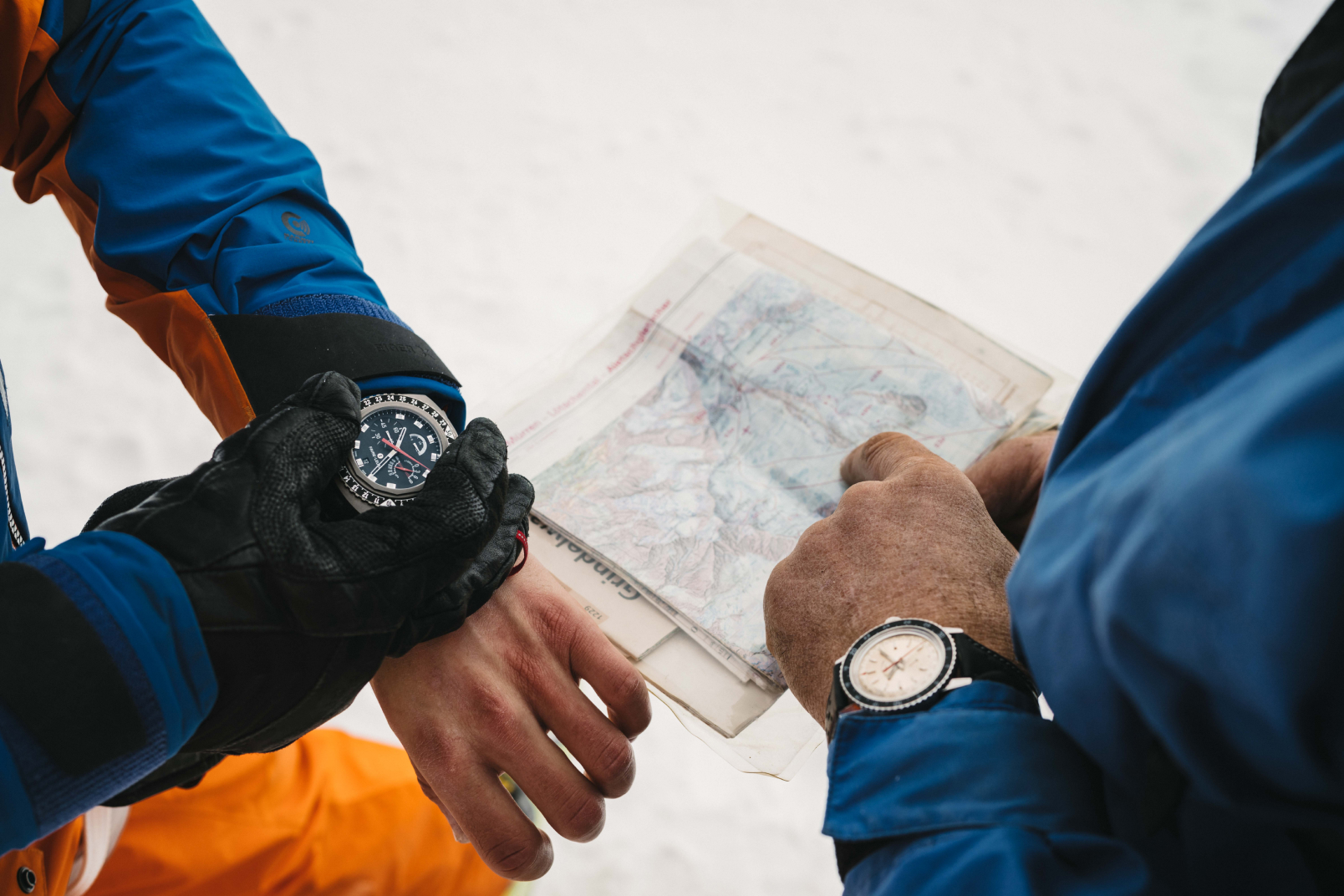
283 Years of Favre Leuba Watchmaking
How and why has the brand achieved so much?
Through researching the earliest archives, we could identify clear ideals instilled in Favre Leuba from its earliest days. But even more so, we saw how these ideals slowly evolved into defined values and became common threads binding the fabric of the brand together. Our journey started with a vision. A spark of imagination from Abraham Favre in 1737, to register as a watchmaker and begin engineering the first Favre timepieces.
His vision was backed by a pioneering spirit, one that not only saw the future but acted upon his imagination to bring it into reality. The evolution of the Bivouac, Bathy and Deep Blue watches in the 1960s, and their modern-day equivalents the Raider Bivouac 9000 and Bathy 120 MemoDepth show these values hold firm in the present. Furthermore, as with any journey, it is never straightforward, and persistence combined with a strong ethic of creating high-quality watches has led our heritage to survive and thrive for 283 years.
We link these values very closely to what we feel is a Swiss Made philosophy, an approach developed by the passing of knowledge and experience through the generations here in Switzerland. To celebrate this philosophy and our anniversary, we brought together two extraordinary mountaineers Nicolas Hojac and Ueli Bühler. Two pioneers from different eras whom we asked to take our 1960s Bivouac and modern-day Raider Bivouac 9000 on a Conquering Frontiers expedition into the Swiss Alps.


The Expedition - Jungfrau Mountain
Nicolas Hojac and Ueli Bühler between them hold first ascents on routes in the Himalayas to the Patagonian mountains. In the 1980s Ueli ascended Nanga Parbat and completed the first ascent of the southeast pillar of the Rupalwand in the Himalayas. Whereas Nicolas, an emerging Swiss talent, holds the team speed record with Ueli Steck of 3 hours and 46 minutes for the Eiger North Face.
Together they planned an expedition into the higher echelons of the Swiss Alps to put our iconic tool watches to the test. Using the Jungfraujoch Railway, the pair arrived at the highest railway station in the Alps at 3454m. As they left the station and ski-toured into the distance, the clear blue skies were replaced by high winds and low visibility. Wearing harnesses and roped together, Nicolas and Ueli made their way carefully across the Aletsch Glacier. With a length of 23km, the formidable Aletsch is the largest glacier in the Alps.
Using the Bivouac 9000, Nicolas was able to read the team’s altitude and understand the distance from their overnight refuge hut, even in extremely low-visibility conditions. The group continued to the upper slopes of the Aletsch glacier and toward the Mönchsjoch Hut standing at 3,658m. With the winds gusting up to 70kmph, the arrival at the refuge was a welcome relief. As the evening closed in, the team witnessed the barometric reading on the Bivouac 9000 steadily increase, a clear indication of improving weather outside.
The following morning saw clear skies and low wind. Nicolas and Ueli left the refuge with a 4-hour climb to reach the summit of the Jungfrau. Standing at 4,158m this is one of the highest peaks in the Bernese Alps (and Switzerland). As the team ascended and the altitude gauge on the Bivouac 9000 increased the pair began to notice the effects on the snow from the previous days’ heavy winds. The storm which finished less than 12 hours prior had created thick wind slabs of snow near the summit of Jungfrau. These heightened avalanche conditions meant the final section up towards the summit would be too high a risk to attempt. The pair evaluated the environment and its risk before opting to turn back and try another day.

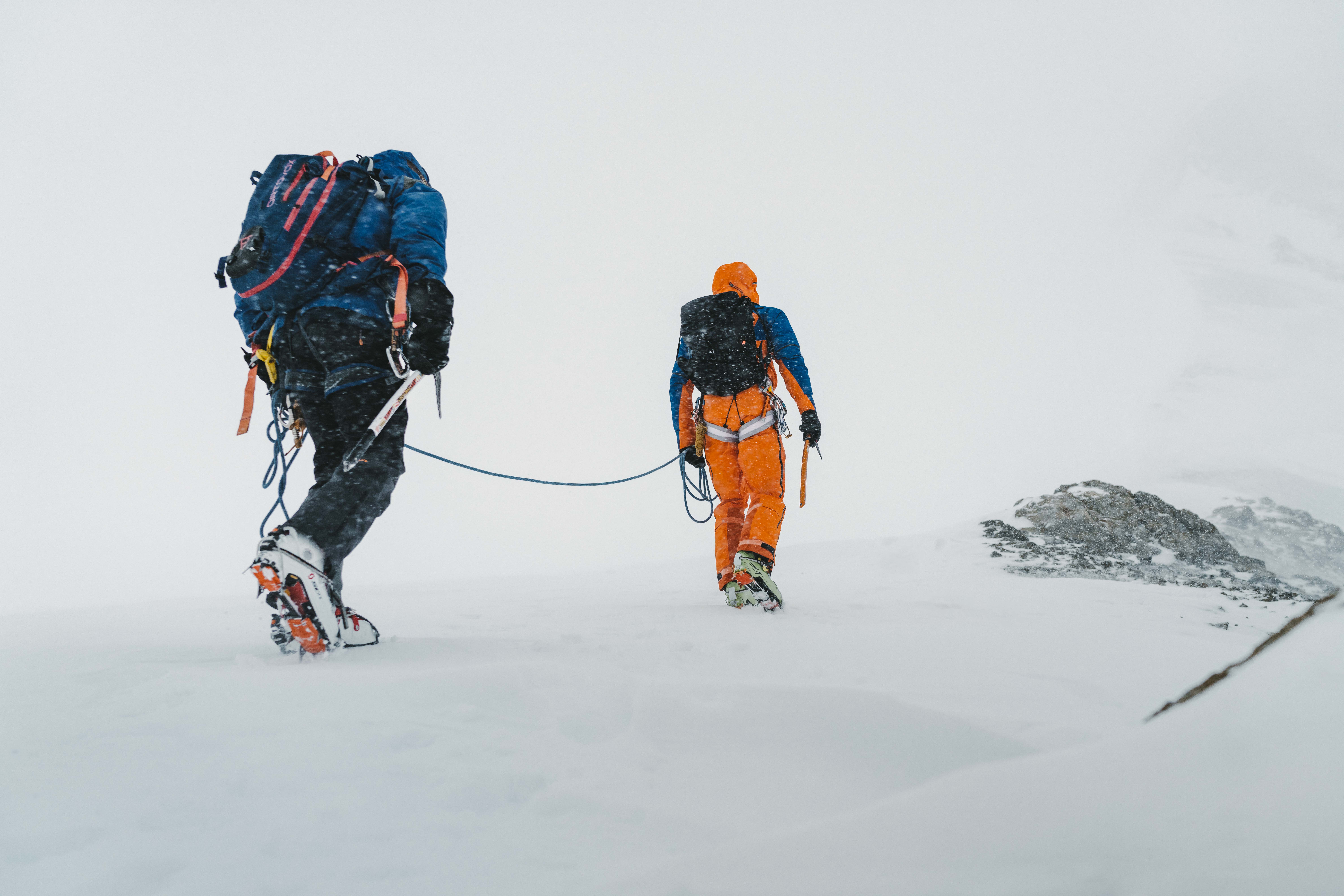
Bivouac/Raider Bivouac 9000
Since the initial introduction of the Bivouac, we have made great strides forward in innovating mechanical altimeter technology. The original Bivouac had limited capability only offering an altitude gauge up to 3000m, now enhanced to 9000m. We’ve added a water-resistant rating of 30m to ensure if the watch is worn during a rainstorm or submersed in snow melt, it can handle these elements. The watch case is now engineered from lightweight titanium and offers a robust, but equally attractive feel with its brushed metal finish.
The new Raider Bivouac 9000 is hailed as an excellent outdoors tool watch by leading mountaineers such as Adrian Ballinger and Nicolas Hojac. It also received the Watchstars New Star award in 2017. The ideal companion for the avid outdoorsman looking for a watch which is both commanding and defined on the wrist in day-to-day life. But, be prepared for all terrains and eventualities when you cross over into the outside world. Track live weather changes, gauge the altitude distance from your objectives, navigate by the sun and rely upon Swiss Automatic time-keeping, all from one mechanical wristwatch.
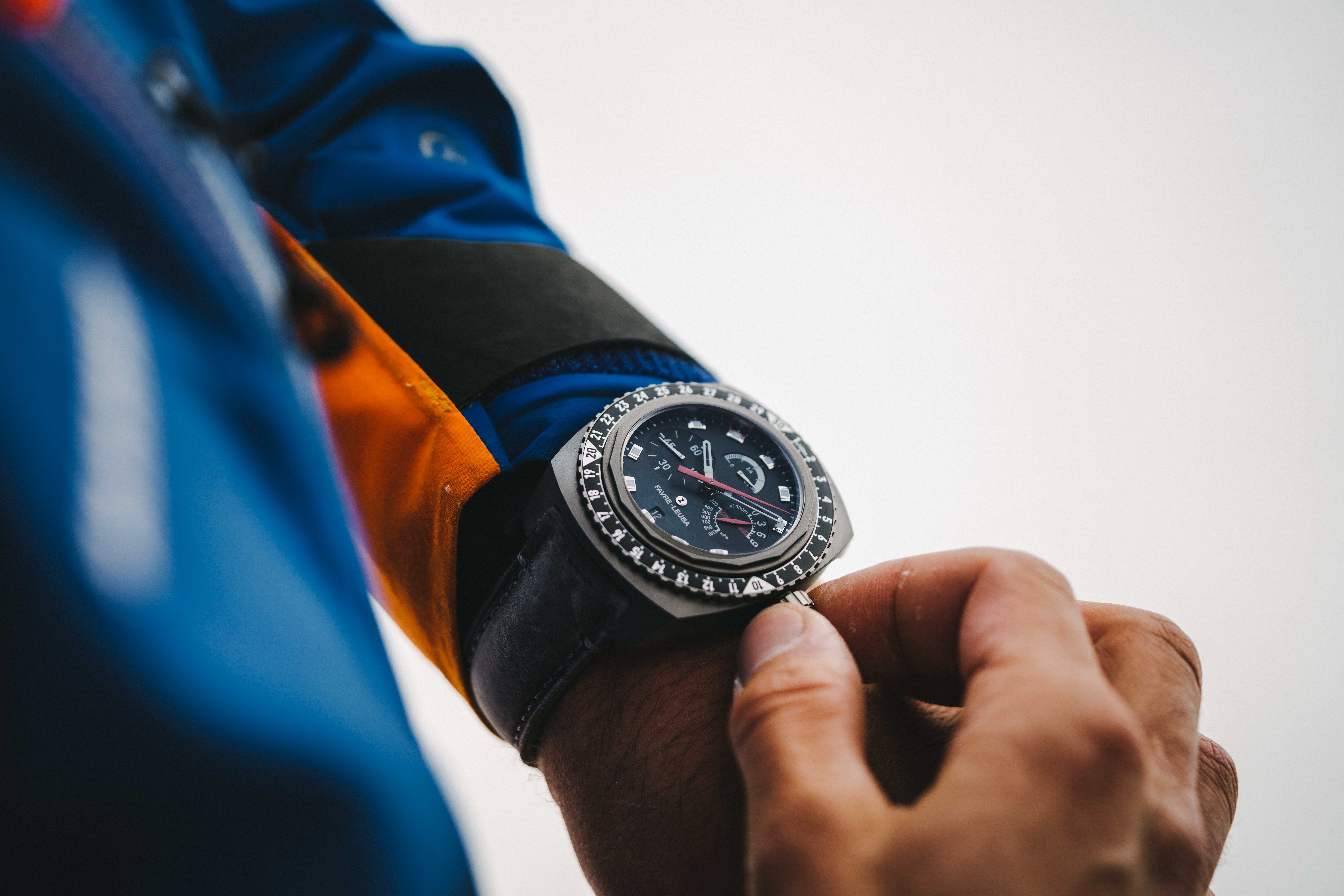
Technical Specifications
MOVEMENT – Hand-wound FL311 movement based on the EMC 3903M calibre, specially designed mechanisms for altimeter and power-reserve indicator, power reserve of 65 hours
FUNCTIONS – Hours, minutes, small seconds, central hand to display altitudes of 3,000 m per full rotation, subdial for displaying altitudes of up to 9,000 m and air pressure in hPa, power-reserve indicator, date display
CASE – Titanium, Bidirectional rotating bezel with anodized aluminium insert, screw-in crown, sapphire crystal with anti-reflection coating on both sides, screwed and aligned case back, diameter 48 mm, water-resistant up to 3 bar/30 m
DIAL – Black, applied indexes, luminous indexes and hour and minute hands, red hand for altimeter
STRAP – Grey antelope leather with pin buckle

